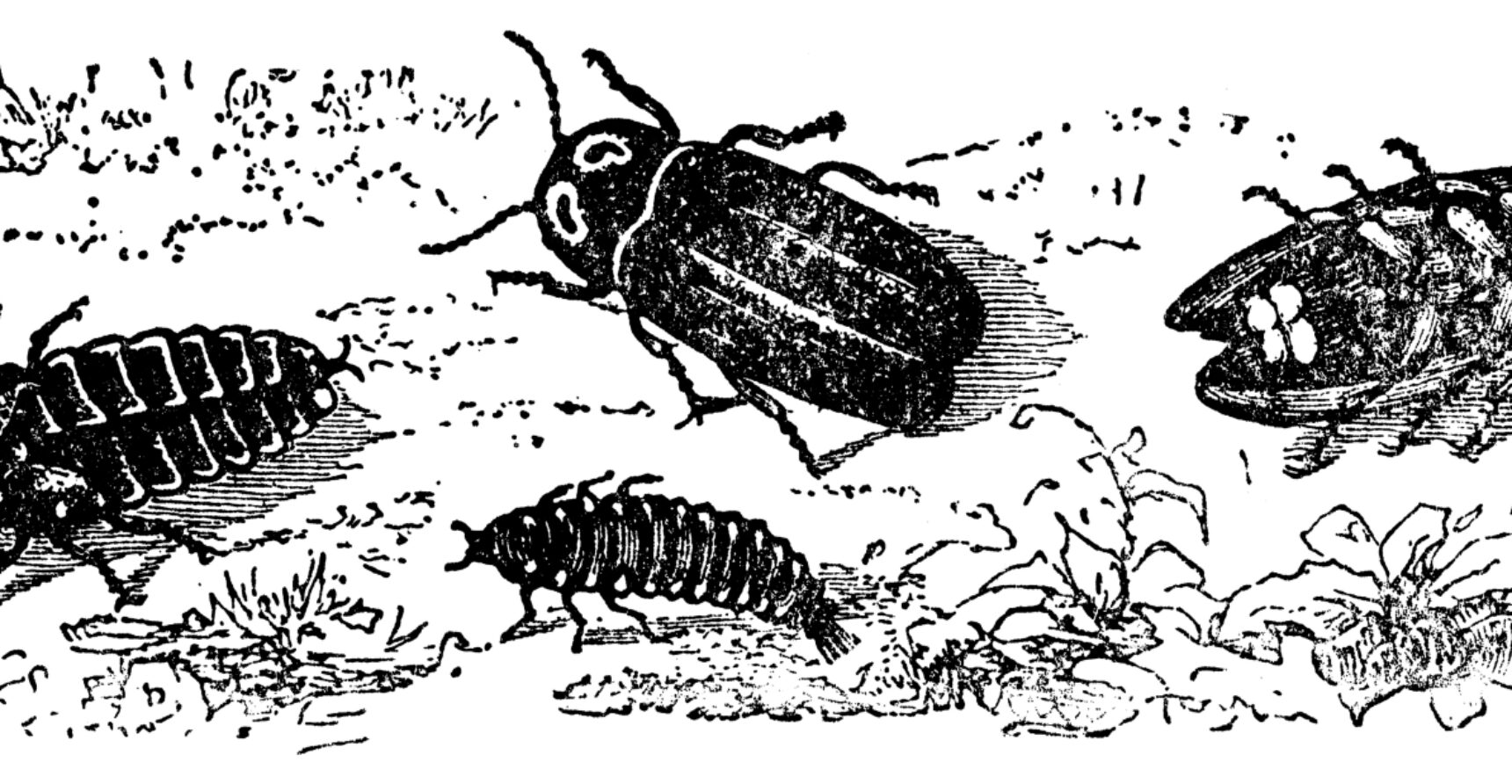Spotlight | The glorious glow worm
30th November 2023
by Peter Morton
Normally when I write these, I stumble upon something intriguing, take some pictures, go researching and write something up. It’s not much, but it’s honest work. This time round I thought to myself, it’s cold outside and dark already, it is snowy, winter’s not quite done with us yet and let’s face it, there’s not the usual summer selection and I wasn’t sure if I could write a full article on Dogs Mercury being an ancient woodland indicator plant (maybe I will one day). As it happens, I have a fairly big stockpile of photos taken here at the reserve, covering all sorts of plants and animals. While browsing through one of many folders I happened upon a ream of blurry, poorly lit, almost unintelligible photos of glow worms. I concede I normally select for species you can see right now or soon, but this time I thought, given we are hosting a photography event soon and it’s dark outside, the glow worm is the perfect candidate as they are a nightmare to photograph, and you must do it in the dark. Granted, not the most grounded reasoning but I’m 200 words in now so here we go. Sometimes you do get to see how the sausage is made.
For those of you fluent in Latin, Lampyris noctiluca is their binomial nomenclature, named by none other than the famed naturalist Carolus (Carl) Linnaeus (1707-1778) in his 1758 publishing of the Systema Naturae. For those of us just learning Latin, this name essentially translates to “night lamp”. Can’t argue that.
Of course, it goes without saying that what sets the glow worm apart from every other living thing in the UK is the fact they bio luminesce, excluding aquatic coastal plankton. This wonderfully bizarre trait is of course why many of us consider them to be so enigmatic.
So how do they do it? Well, fundamentally it is a complex chemical reaction between the molecules luciferin and luciferase. The luciferin reacts with and is charged by oxygen and an energy carrying molecule known as adenosine triphosphate, and this charge is emitted as light. The luciferase acts as a catalyst bringing the various molecules together and holding them whilst they react. Of all the energy produced from this reaction only 2% is emitted as heat. The glow worms have special organs in the lower segments of the underside of their abdomen where all of this takes place. A “window” layer of the exoskeleton covers these light emitting cells and beneath them is a layer of reflector cells which are packed with uric acid crystals to help reflect as much light outwards as possible. Clever huh.
So why? Well, it is accepted that all fireflies and glow worms share a common ancestor, and research done by Marc Branham at Ohio State University suggests that in the early stages of evolution only the larval forms were able to glow. Our native glow worms will spend the better part of two years as a juvenile before they pupate and reproduce and the advantage of being able to glow seems to show a strong correlation with defensive behaviour. They will flash and glow if disturbed, if they are about to undergo moulting and most importantly as adults the female will glow to attract a mate. Predation tests have shown that most likely threats to a glow worm, both nocturnal and diurnal, will actively avoid eating them. Orange markings on each body segment allude to some degree of toxicity or unpleasantry at the very least.
One of those quizzical questions I occasionally get asked about certain species is “what part do they play in the ecosystem?” and at times that can be tricky to answer. Well, as far as glow worms go, they’re undeniably useful; I just wish I found more in the veg plot instead of the back lawn. The sole source of food for glow worms is slugs and snails. Using sickle shaped mandibles the glow worms will bite, poison and paralyse their gastropod prey, being able to take on prey up to 200 times their own size. Smaller glow worms will ride the shells of snails and repeatedly bit them until they eventually succumb. So there you go, not just a marvel of nature. A gardener’s best friend too!
If you see any glow worms this year, make sure to record your sighting on IRecord and help us monitor their populations.


28th March 2024
by Pete Morton




